How To Choose The Right Resistance Band For You
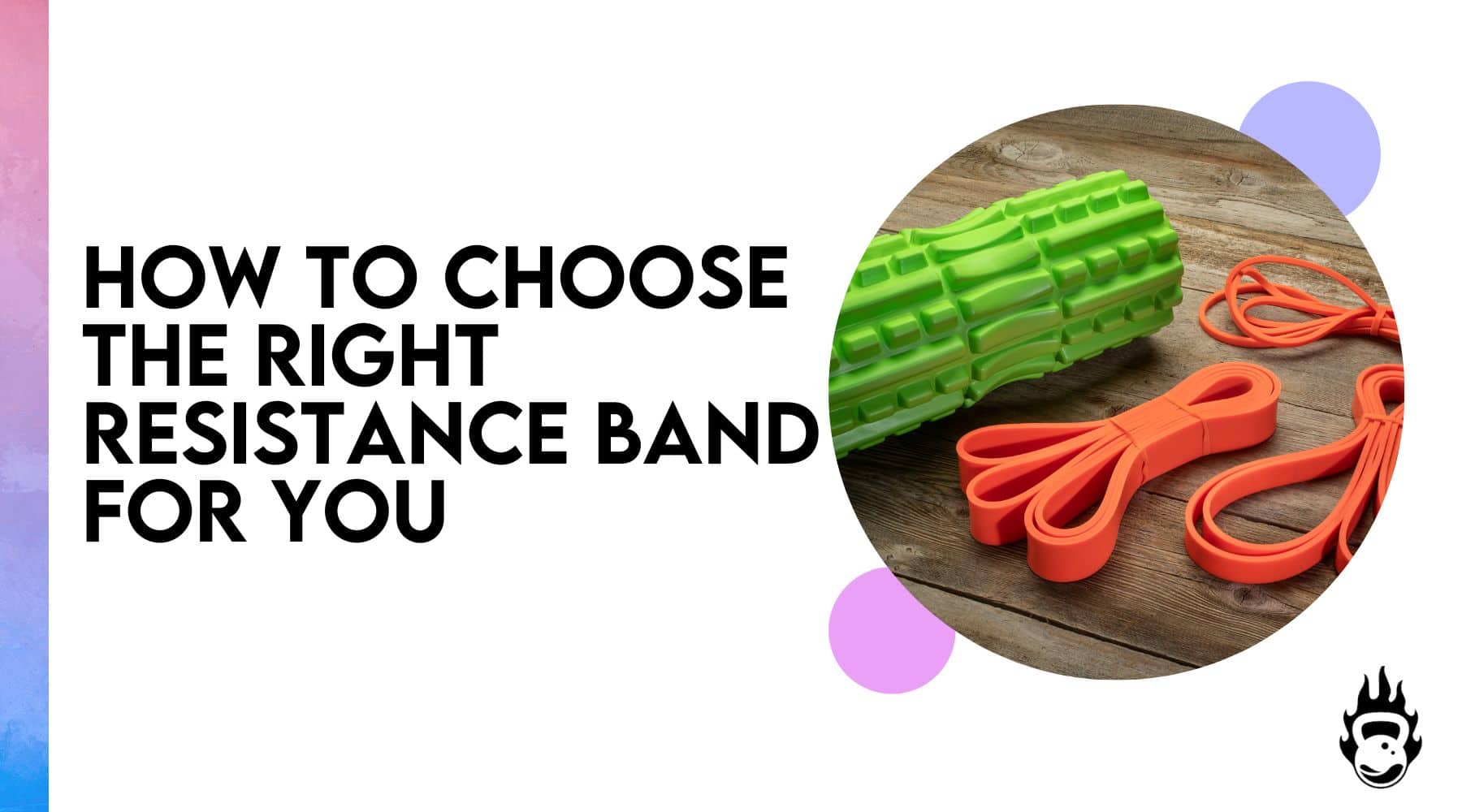
You can’t settle with just one resistance band for all your needs, as different muscle groups will require different levels of resistance. Plus without progressive overload, you aren’t going to build your muscles.
That’s why we recommend investing in a set of at least 3 resistance bands - light, medium, and heavy, as these will take care of most of your fitness requirements.
The light and medium-level resistance bands can be used for low-impact exercises and for targeting smaller muscles and joints, while the heavy resistance bands are perfect for targeting the larger muscle groups such as your lats, legs, etc.
The price of resistance bands/tubes in India varies between Rs. 500 and Rs. 2400. It’s always good to invest in premium-quality resistance bands (like the ones at Burnlab 😉) so that they last longer.
Which size resistance band should I buy?
Most resistance bands are color-coded according to the level of resistance or tension they offer. With most brands, the lighter colors indicate a lower resistance level, while the darker colors represent bands of higher resistance. Also, the thicker the band, the higher the resistance.
Having a set of resistance bands gives you a lot of options when it comes to
- Strength training
- Pull-up assistance
- Stretching and mobility
- Combining with free weights, etc.
How to choose a resistance band based on different parameters
Based on fitness goals /usage
1. Strength training
If you want to ditch the free weights and use resistance bands instead to build muscle, get toned, or lose weight, go for a set of 3 (light, medium, heavy) bands or 4 (light, medium, heavy, X-heavy) bands. This helps you get the most out of your workout as you can target every muscle group effectively.
2. Pull-ups
For doing band-assisted pull-ups, you need to choose your resistance band based on your body weight and the number of unassisted pull-ups you can do.
At the beginner level, you will require more assistance and hence a heavy-resistance pull-up band. As you get more experienced and can do more unassisted pull-ups, you can opt for lighter power bands.
Use this guide to choose the right resistance band for you:

Buy Burnlab’s pull-up bands here.
3. Stretching
For stretching, choose the lighter resistance bands. A set of 3 (XX-light, X-light, and Light) loop bands would be perfect as they allow for a deeper stretch and help you get into positions that you normally wouldn’t be able to do.
4. Combining with free weights
If you want to combine resistance bands with free weights while doing exercises such as squats, bench presses, deadlifts, etc., we recommend starting with a light resistance band, even if you’re an advanced lifter. The dynamics here are completely different as you have to take into account the resistance from both your free weight and the resistance band.
Based on other parameters
- For versatility – Loop bands / Power bands
- For comfort, better grip, and for the added accessories such as door anchor, ankle cuffs, etc. - Resistance tubes with handles
- For super toned glutes – Fabric hip bands/booty bands
- For extra comfort, while doing upper body workouts, especially chest and arm exercises – Figure 8 bands
- For targeting your lower body muscles such as hips, glutes, and thighs – Mini loop bands
- For rehabilitation or low-impact training– Therapy bands
Tips for buying resistance bands
One way to figure out which band color is right for you is to pick a light resistance band and perform around 20 reps of any particular exercise.
If you’re able to complete 20 reps without exerting much effort, the band is too easy for you. If you can only do around 2-4 reps without a break or you aren’t able to complete the full range of motion, the band is too heavy. But if you reach moderate to maximum muscle fatigue between 20-30 reps, that’s the right band for you.
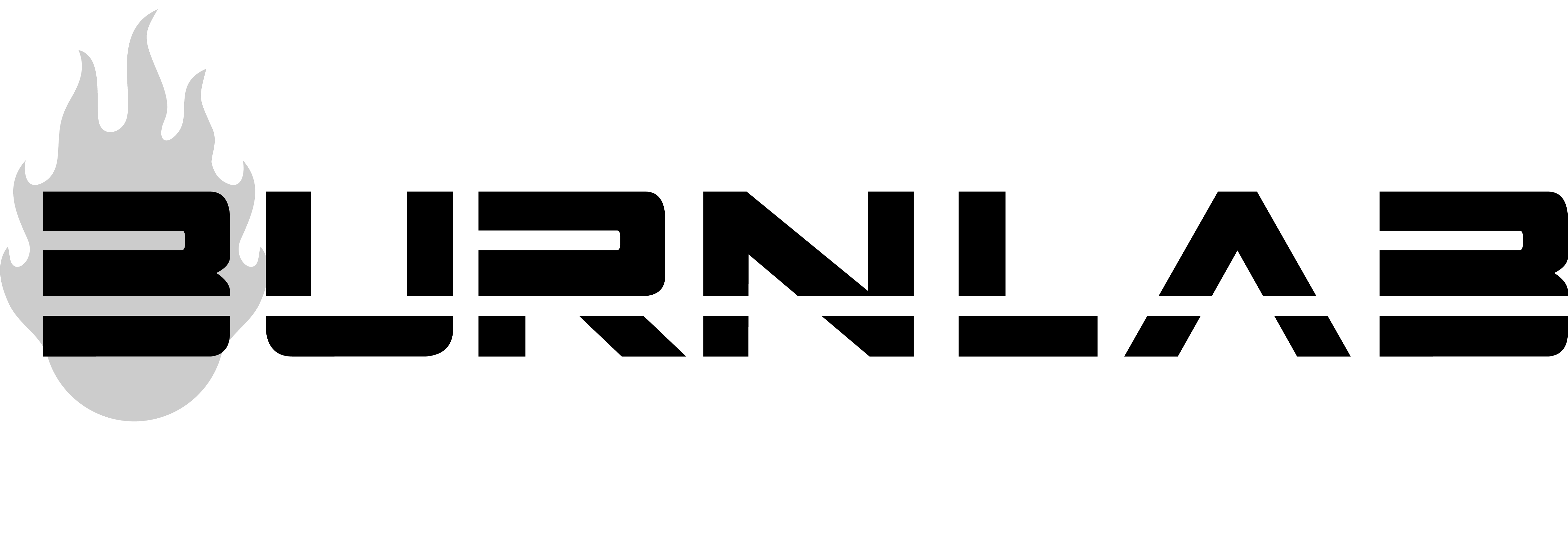

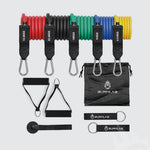
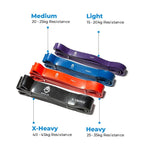
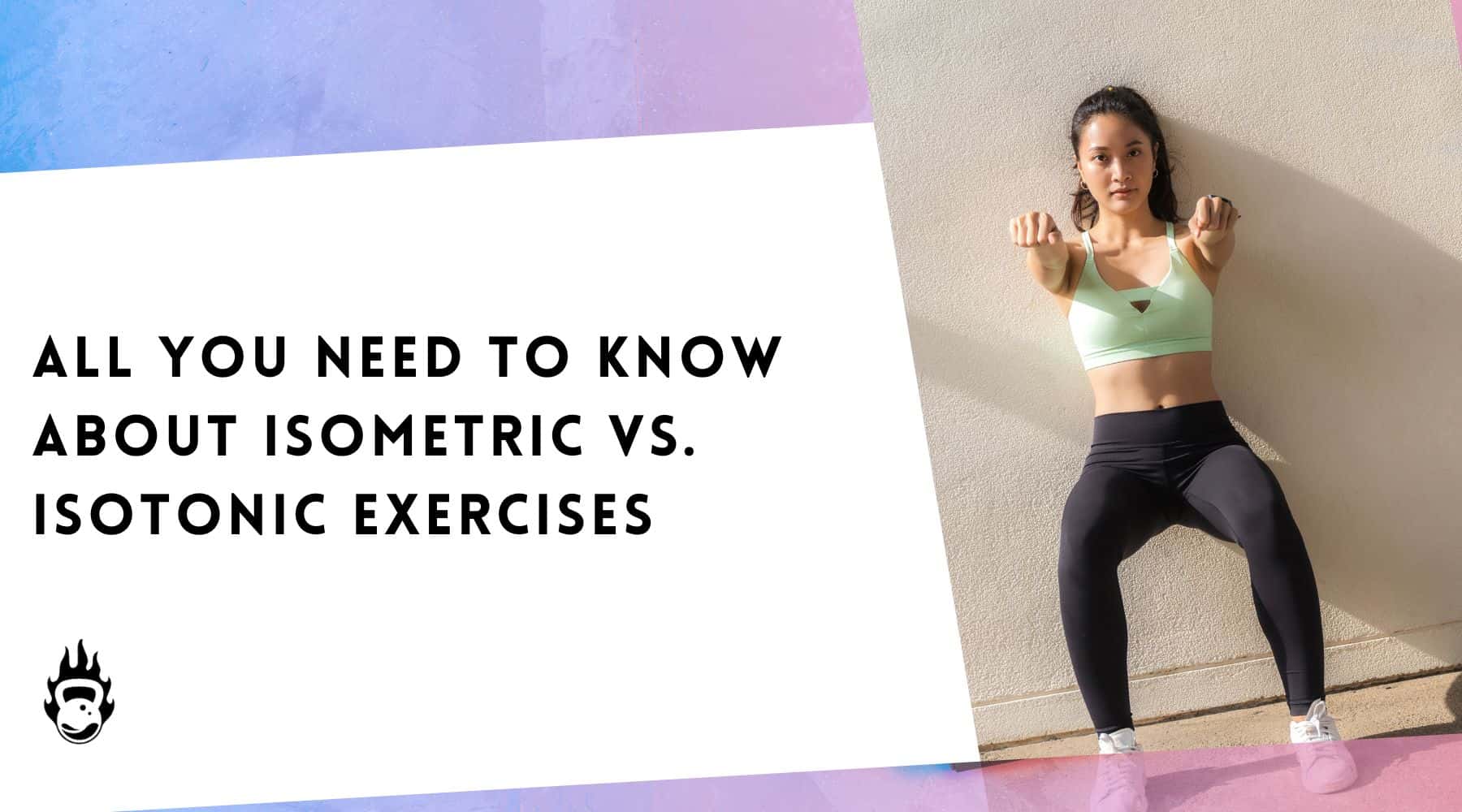
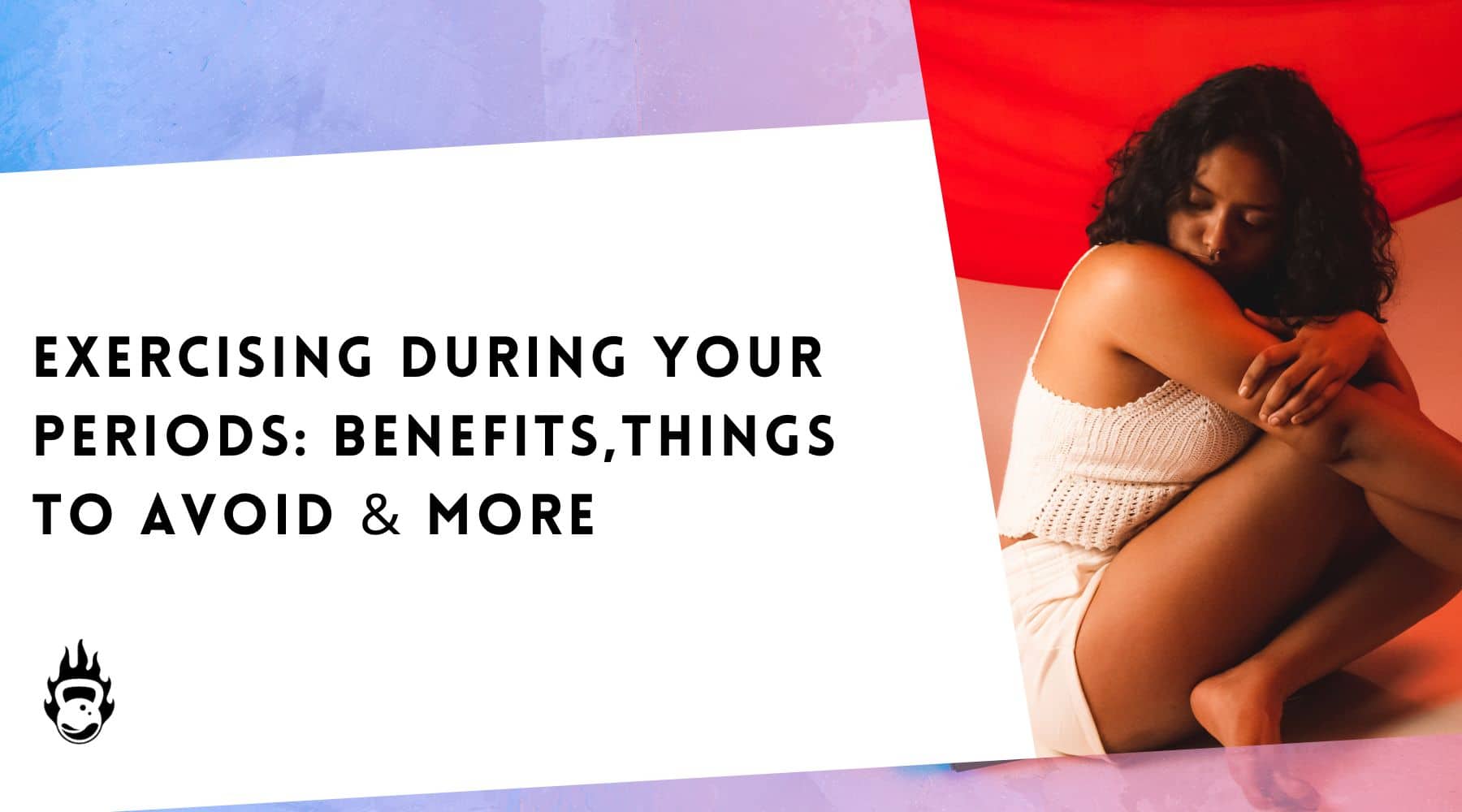
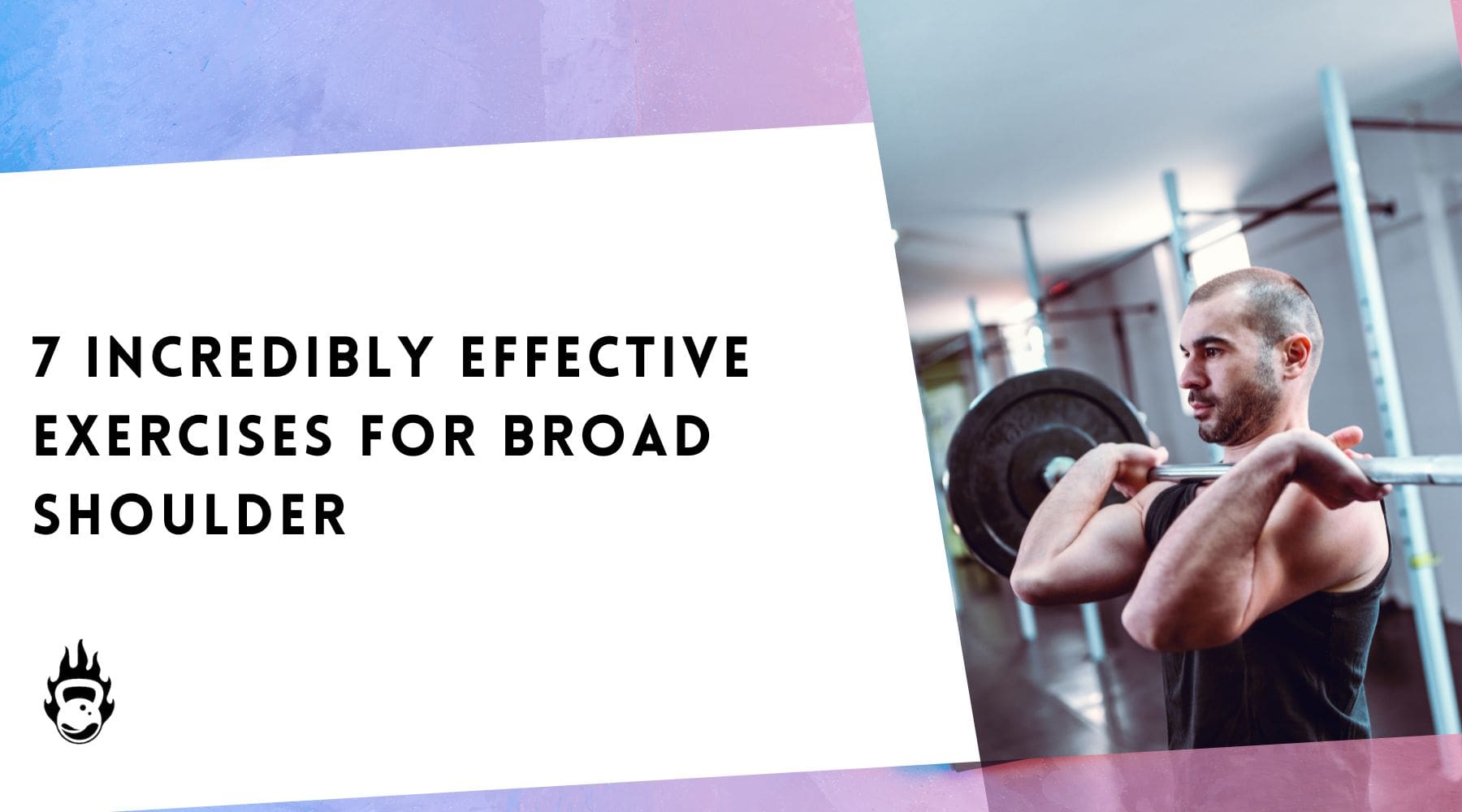
Leave a comment